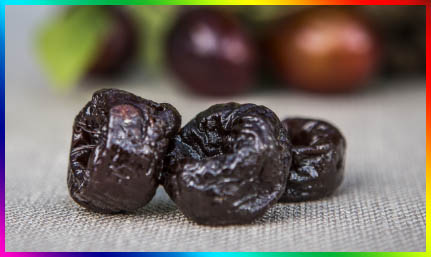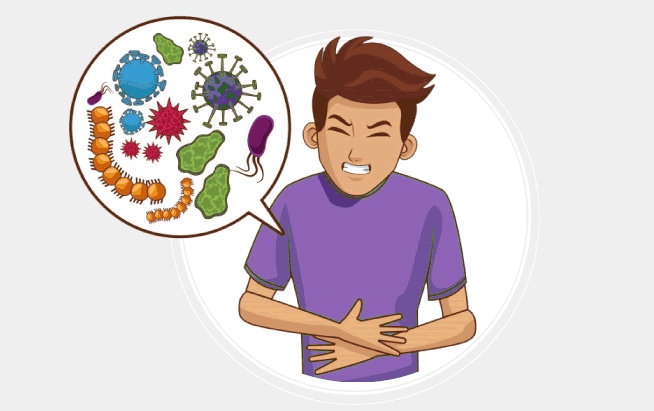There are many super-foods that never see the inside of a shopping cart. Some you’ve never heard of, others you’ve simply forgotten about. That’s why we’ve rounded up the best of the bunch. Make a place for them on your table and you’ll instantly upgrade your health—without prescription! Foods and Their Benefits
BEETROOT
This grungy-looking root is naturally sweeter than any other vegetable, which means it packs in tonnes of flavour underneath that rugged exterior.
- Why it’s healthy: Think of beetroot as red spinach. Just like Popeye’s power food, this crimson vegetable is one
of the best sources of both folate and betaine. These two nutrients work together to lower your blood levels of homocysteine, an inflammatory compound that can damage your arteries and increase your risk of heart disease. What’s more, the natural pigment betacyanin, which gives beetroot its bright colour, is a proven cancer fighter, very efficacious in laboratory experiments on mice. - How to eat it: Fresh and raw, not from a jar. Heating beetroot actually decreases its antioxidant power. For a simple, single-serving salad, wash and peel one beet, and grate it on the widest blade of a box grater. Toss with 1 tbsp of olive oil and juice of half a lemon. You can eat its leaves and stems, which are also packed with nutrients. Simply cut off the stems just below the point where the leaves start, and wash thoroughly. They’re now ready to be used in a salad. Or, for a side dish, sauté the leaves over medium-high heat, along with a minced clove of garlic and a tbsp of olive oil. Cook until the leaves wilt and the stems get tender. Season with salt, pepper and a squeeze of lemon juice, and sprinkle some freshly grated Parmesan cheese over it. Mmm…!
FOOD FIGHT
Beetroot fights heart disease Cinnamon fights Type 2 diabetes Pomegranate juice fights high blood pressure Cabbage and dried plums fight cancer Pumpkin seeds fight age-related debilitation Guava fights prostate cancer
CINNAMON
This old-world spice usually reaches most people’s stomachs only when it’s mixed with sugar and stuck on to a dessert roll!
- Why it’s healthy: Cinnamon helps control your blood sugar, thus lowering your risk of heart disease. In fact, researchers have found that if people with Type 2 diabetes consume 1 g (about ¼ tsp) of cinnamon every day for 6 weeks, not only is their blood sugar significantly reduced but their triglyceride and LDL (bad) cholesterol levels also dip significantly. Credit the spice’s active ingredients—thylhydroxychalcone polymers—which increase your cells’ ability to metabolise sugar by up to 20 times.
- How to eat it: You really don’t need the fancy oils and expensive extracts sold in drug stores. Just sprinkle the stuff that’s in your spice rack into your coffee or on your breakfast oatmeal cereal.
POMEGRANATE JUICE
A popular drink for decades in the Middle East, pomegranate juice has become widely available in stores only recently.
- Why it’s healthy: Scientific trials show that men who downed just 2 ounces of pomegranate juice daily for a year decreased their systolic blood pressure by 21 per cent and significantly improved blood flow to their hearts. What’s more, 4 ounces of the stuff provide 50 per cent of your daily Vitamin C needs!
- How to drink it: Since it’s so potent, a glassful daily is all you need. Can’t find the juice in a store? Buy some fruit and juice it at home, or simply eat the fruit instead.
DID YOU KNOW?
Guava has a higher concentration of lycopene – an antioxidant that fights prostate cancer —than any other plant food, including tomato and watermelon!
CABBAGE
Not a much-loved veggie but a major free radical killer!
- Why it’s healthy: One cup of chopped cabbage has just 22 calories but is loaded with valuable nutrients, such as sulforaphane, which increases your body’s production of enzymes, which disarm celldamaging free radicals and reduce your cancer risk.
- How to eat it: Add shredded cabbage to burgers and sandwichs for a satisfying crunch.
GUAVA
Sink your teeth into this…
- Why it’s healthy: Guava is the best source of lycopene—an antioxidant that fights prostate cancer. In addition, one medium-sized guava provides 688 mg of potassium, 63 percent more than you get from a banana.
- How to eat it: Down the entire fruit, from rind to seeds. It’s all edible, and nutritious. The rind alone has more Vitamin C than the flesh of an orange.
DRIED PLUMS
You may know these better as ‘prunes’, which are indelibly linked with constipation concerns! Uh, that explains why, in an effort to revive the delicious fruit’s image, the producers now market them under another, more palatable name—dried plums!
- Why they’re healthy: Prunes contain high amounts of neochlorogenic and chlorogenic acids—antioxidants that are particularly effective at combating the superoxide anion radical. This nasty free radical causes structural damage to your cells, and such damage is thought to be one of the primary causes of cancer.
- How to eat them: Wrap a paper-thin slice of prosciutto ham around a dried plum and secure with a toothpick. Bake at 400 °F for 10–15 minutes, until the plums are soft and the prosciutto is crispy. Yum plum!
PUMPKIN SEEDS
These are usually discarded when a pumpkin is cooked into a vegetable, soup or pie. But they are the most nutritious part of the pumpkin!
- Why they’re healthy: Downing pumpkin seeds is the easiest way to consume more magnesium. That’s important because researchers recently determined that men with the highest levels of magnesium in their blood have a 40 per cent lower risk of early death than those with the lowest levels. And, on an average, men consume 353 mg of the mineral daily, well under the 420 mg minimum recommended.
- How to eat them: Whole, shells and all. (The shells provide extra fibre.) Roasted pumpkin seeds contain 150 mg of magnesium per ounce; add them to your regular diet and you’ll easily hit your daily target of 420 mg. Look for them in your grocery store—next to peanuts, almonds, sunflower seeds.





